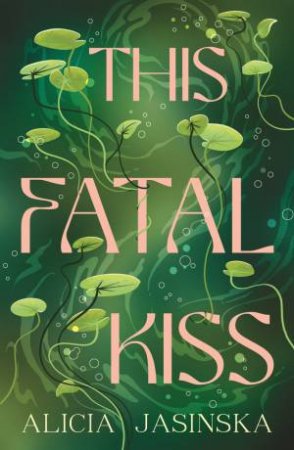This fatal kiss by Alicia Jasinska

In an author’s note to the reader, Jasinska tells us that a rusalka is a female water spirit or a nymph, young maidens who died a violent death in a lake or river. They are famous for bewitching mortals with their beauty and dragging them into the watery depths. In this story Gisela is a drowned girl with no memory of what happened to her. She wants desperately to return to her family, and when she learns that the kiss of a human could restore her life, that is what she determines to achieve.
However there is a spirit-hunting witch’s grandson who is determined to wipe out all unholy threats to the community, and it is only gradually as Kazik gets to know Gisela that he begins to empathise with her plight. It is an enemies to lovers trope, complicated by cross-gender romantic attachments. It is from handsome Aleksey that Gisela schemes to get her kiss, the same Aleksey that makes Kazik’s heart beat faster. At the same time Gisela is aware that there is a connection with Kazik that she finds more and more compelling. Kasik reveals that deep down, he know that ‘there was nothing wrong nor shameful about having many or multiple partners so long as everyone involved was happy. There wasn’t a right or a wrong way to love’. Jasinska’s romantasy presents a strong argument for consensual polyamory. It’s a kind of modern day twist on Twelfth Night.
This fatal kiss is probably at its best in portraying youthful confusion about sexuality, trying to work out what it means when one is attracted to the charming same-sex hero and navigating the borderlines between ordinary friendships and romantic relationships.
YA readers who enjoy fantasy that explores modern day relationship issues will enjoy this book, and will no doubt look forward to another in this vein, for although the plot threads are tidily resolved, the epilogue suggests scope for further adventures.
Themes: Romantasy, Slavic folklore, Polyamory, LGBTQIA+.
Helen Eddy